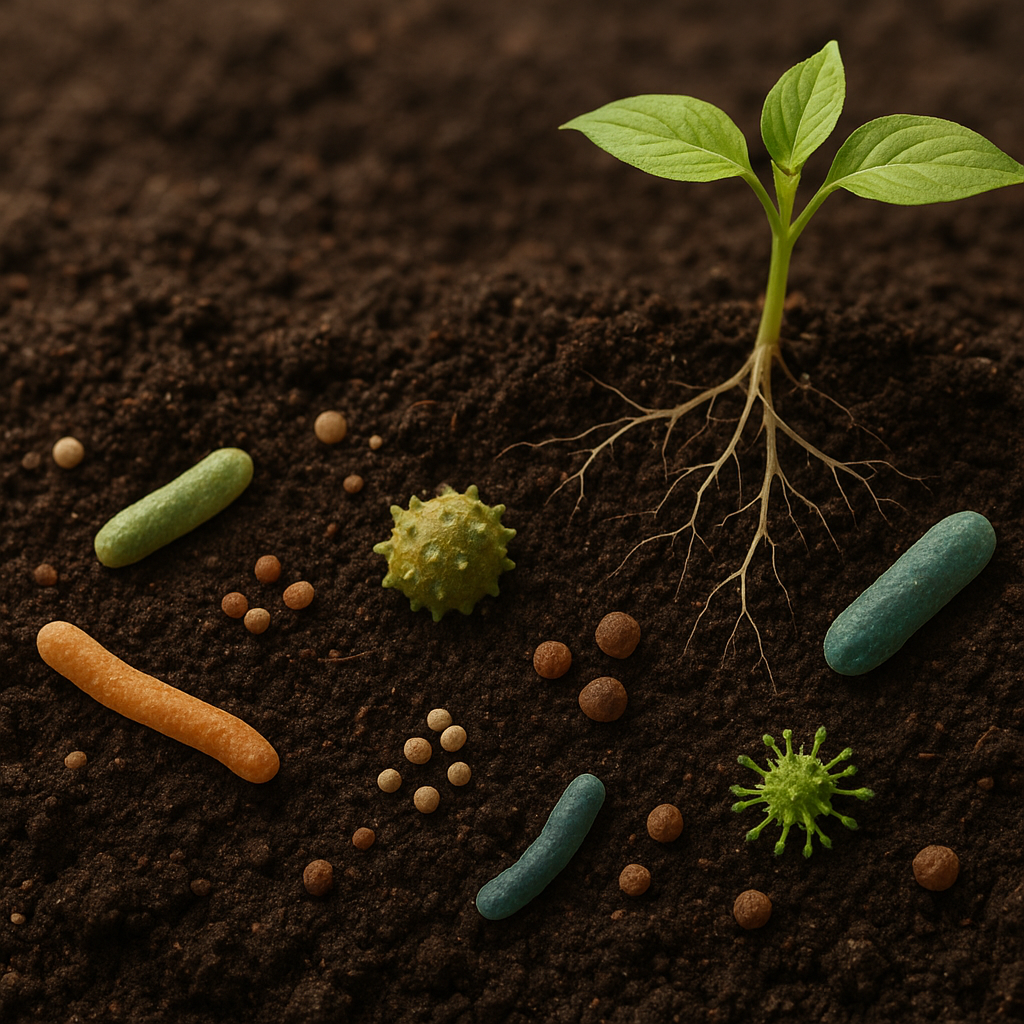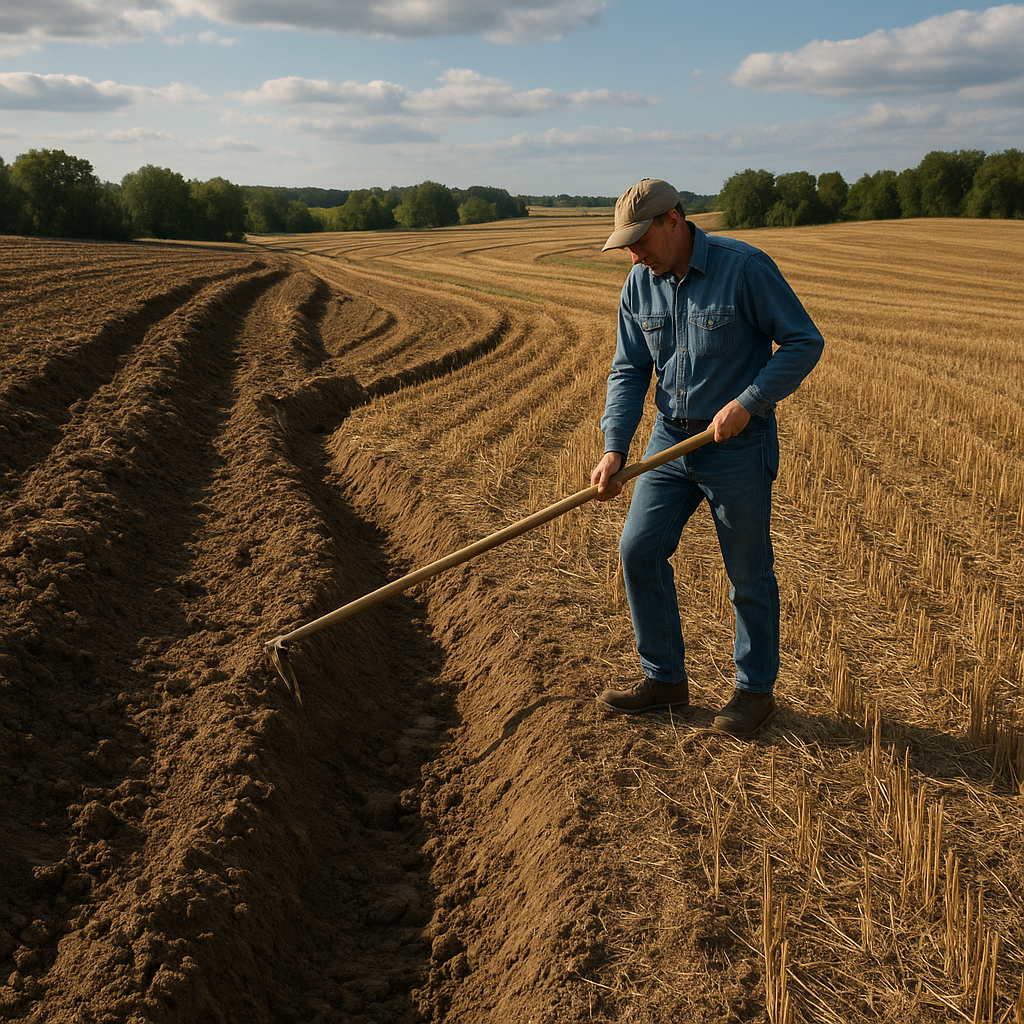Farmers are at the forefront of innovative practices aimed at reducing greenhouse gas emissions, a critical step in combating climate change. As the agricultural sector is a significant contributor to global emissions, the need for sustainable farming practices has never been more urgent. This article explores various strategies and technologies that farmers are adopting to minimize their carbon footprint while maintaining productivity and profitability.
Understanding Greenhouse Gas Emissions in Agriculture
To appreciate the innovations being implemented by farmers, it is essential to understand the sources of greenhouse gas emissions within the agricultural sector. The primary gases of concern include carbon dioxide (CO2), methane (CH4), and nitrous oxide (N2O). Each of these gases has different sources and impacts on the environment.
Sources of Emissions
- Carbon Dioxide (CO2): This gas is primarily released through the use of fossil fuels in farming machinery, transportation, and the production of fertilizers.
- Methane (CH4): Livestock, particularly cattle, produce methane during digestion (enteric fermentation) and through manure management. Rice paddies also emit methane due to anaerobic conditions in flooded fields.
- Nitrous Oxide (N2O): This potent greenhouse gas is released from fertilized soils, especially when nitrogen-based fertilizers are applied in excess.
Understanding these sources allows farmers to target specific areas for improvement, leading to more effective strategies for emission reduction.
Innovative Practices in Farming
Farmers are increasingly adopting innovative practices that not only reduce greenhouse gas emissions but also enhance soil health, increase biodiversity, and improve overall farm resilience. Here are some of the most promising strategies being implemented across the globe.
1. Precision Agriculture
Precision agriculture involves using technology to monitor and manage field variability in crops. By utilizing GPS, sensors, and data analytics, farmers can apply fertilizers and pesticides more efficiently, reducing the amount needed and minimizing emissions associated with their production and application.
- Soil Sensors: These devices measure soil moisture and nutrient levels, allowing farmers to apply water and fertilizers only when necessary.
- Variable Rate Technology (VRT): This technology enables farmers to apply inputs at variable rates across a field, ensuring that each area receives the appropriate amount based on its specific needs.
2. Cover Cropping
Cover crops are planted during the off-season to protect and enrich the soil. They help prevent erosion, improve soil structure, and enhance nutrient cycling. Additionally, cover crops can sequester carbon in the soil, effectively reducing overall greenhouse gas emissions.
- Types of Cover Crops: Common cover crops include clover, rye, and vetch, each offering unique benefits to soil health and carbon sequestration.
- Benefits: Besides reducing emissions, cover crops can also suppress weeds, reduce the need for herbicides, and improve water retention in the soil.
3. Livestock Management Improvements
Innovations in livestock management are crucial for reducing methane emissions. Farmers are exploring various strategies to enhance the efficiency of their herds and flocks.
- Dietary Adjustments: Altering the diets of livestock to include more digestible feeds can significantly reduce methane emissions from enteric fermentation. Adding seaweed to cattle diets has shown promising results in reducing methane production.
- Manure Management: Implementing anaerobic digesters can capture methane from manure, which can then be used as a renewable energy source, further reducing emissions.
4. Agroforestry
Agroforestry integrates trees and shrubs into agricultural landscapes, providing numerous environmental benefits. This practice enhances biodiversity, improves soil health, and sequesters carbon, making it a powerful tool for emission reduction.
- Carbon Sequestration: Trees absorb CO2 from the atmosphere, storing carbon in their biomass and the soil.
- Microclimate Regulation: Trees can help regulate temperature and humidity, creating a more favorable environment for crops and reducing the need for irrigation.
5. Conservation Tillage
Conservation tillage practices, such as no-till or reduced-till farming, minimize soil disturbance, which helps maintain soil structure and health. This practice can lead to increased carbon storage in the soil and reduced emissions from soil disturbance.
- Benefits of Conservation Tillage: It reduces erosion, improves water retention, and enhances soil organic matter, all of which contribute to lower greenhouse gas emissions.
- Adoption Rates: Many farmers are transitioning to conservation tillage as they recognize its long-term benefits for both the environment and their bottom line.
The Role of Technology in Emission Reduction
Technology plays a pivotal role in helping farmers innovate and implement practices that reduce greenhouse gas emissions. From advanced machinery to data analytics, the agricultural sector is embracing technological advancements to enhance sustainability.
1. Drones and Remote Sensing
Drones equipped with sensors can provide farmers with real-time data on crop health, soil conditions, and moisture levels. This information allows for more precise management of resources, leading to reduced inputs and lower emissions.
- Crop Monitoring: Drones can identify areas of stress in crops, enabling targeted interventions that minimize waste and emissions.
- Soil Analysis: Remote sensing technology can assess soil health and nutrient levels, guiding farmers in their fertilization practices.
2. Data Analytics and Machine Learning
Data analytics and machine learning are transforming the way farmers make decisions. By analyzing historical data and real-time information, farmers can optimize their practices for maximum efficiency and minimal emissions.
- Predictive Analytics: Farmers can use predictive models to forecast crop yields, pest outbreaks, and weather patterns, allowing for better planning and resource allocation.
- Decision Support Systems: These systems provide farmers with actionable insights based on data analysis, helping them make informed decisions that reduce emissions.
3. Renewable Energy Integration
Integrating renewable energy sources, such as solar and wind, into farming operations can significantly reduce reliance on fossil fuels, thereby lowering greenhouse gas emissions.
- Solar Panels: Many farms are installing solar panels to power their operations, reducing energy costs and emissions.
- Wind Turbines: Wind energy can be harnessed to power irrigation systems and other farm machinery, further decreasing the carbon footprint of agricultural practices.
Challenges and Future Directions
While the innovations discussed above offer promising solutions for reducing greenhouse gas emissions in agriculture, several challenges remain. Farmers must navigate economic, social, and environmental factors that can impact the adoption of sustainable practices.
1. Economic Barriers
The initial investment required for many innovative practices and technologies can be a significant barrier for farmers, particularly smallholders. Access to financing and support programs is crucial for enabling the transition to more sustainable practices.
- Government Incentives: Policies that provide financial assistance or tax breaks for adopting sustainable practices can encourage more farmers to make the switch.
- Cooperative Models: Farmers can band together to share resources and costs associated with implementing new technologies and practices.
2. Knowledge and Education
Education and training are essential for farmers to understand and implement innovative practices effectively. Extension services and agricultural education programs can play a vital role in disseminating knowledge and best practices.
- Workshops and Training Sessions: Providing hands-on training can help farmers gain confidence in adopting new technologies and practices.
- Peer Learning: Encouraging farmers to share their experiences and successes can foster a culture of innovation and collaboration.
3. Climate Variability
Climate change itself poses challenges for farmers, as unpredictable weather patterns can affect crop yields and the effectiveness of certain practices. Building resilience through diversified farming systems and adaptive management strategies is essential for long-term sustainability.
- Diverse Crop Rotations: Planting a variety of crops can help mitigate risks associated with climate variability and improve soil health.
- Water Management Strategies: Implementing efficient irrigation systems can help farmers adapt to changing precipitation patterns and reduce water-related emissions.
Conclusion
Farmers are innovating in remarkable ways to reduce greenhouse gas emissions, demonstrating that sustainable agriculture is not only possible but also beneficial for the environment and the economy. By adopting practices such as precision agriculture, cover cropping, improved livestock management, agroforestry, and conservation tillage, farmers are making significant strides toward a more sustainable future. The integration of technology further enhances these efforts, providing farmers with the tools they need to optimize their operations and minimize their carbon footprint.
While challenges remain, the commitment of farmers to innovate and adapt is a hopeful sign for the future of agriculture in the face of climate change. As more farmers embrace sustainable practices, the agricultural sector can play a crucial role in mitigating greenhouse gas emissions and contributing to a healthier planet.




